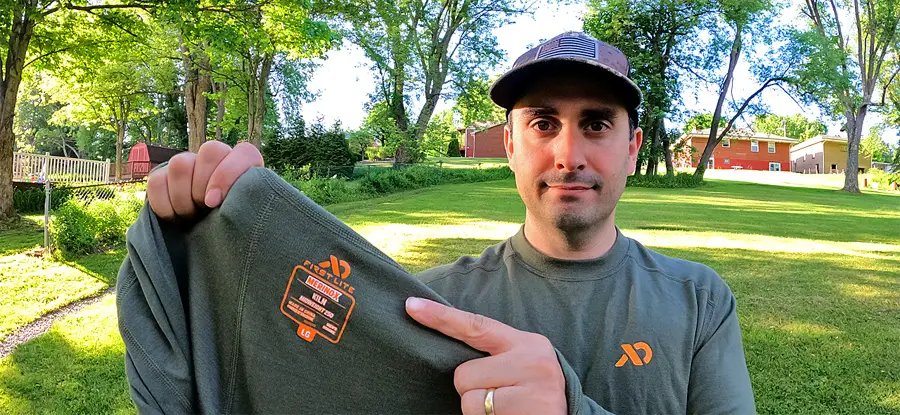No matter where you live, there are likely at least some species of upland birds available for you to hunt. Few areas have all of them in abundance but if you spend a little time to find them, you can locate some good game birds habitat near you! On this episode I talk about how to hunt pheasant, grouse, doves, and more.
So how do you get started into bird hunting? First thing is you need to find some birds. You have to figure out what game birds live in your area that you can reasonably hunt. Then you need to find some hunting locations. Sometimes birds are stocked, in which case you should be able to find maps of where you can hunt them and even when they are stocked and how many birds are released.
You need to determine what kinds of tactics are ideal for hunting those birds. There are three main strategies for hunting pheasants, grouse, and other land birds. You can hunt with a dog, you can beat brush, or you can stalk the birds.
Hunting with a dog is the most common but it is also the hardest thing for a new hunter to do because you don’t likely have a trained bird dog. So beating brush the second options. This works best in groups but essentially you storm through an area trying to spook and flush the birds into the air. This does work, but it takes a lot of energy and time and you do not have the benefit of a dog’s expert nose to find the birds.
Hunting pheasants and other game birds by stalking is a less utilized approach but if you learn the trails, open areas, and corridors and perhaps learn a few calls, you can often find success sneaking up on birds. This takes less work than beating brush, but it requires more skill. And this rarely works in a heavily hunted area because if the birds are spooked, they will hunker down in heavy brush and you will not be able to see them to sneak up on them.
Doves require different strategies all together as they are a migratory game bird, but they can be the easiest of all of them to hunt if you live in the right area and can find an ideal location. This is all about finding an area where the doves want to land to eat or rest and setting up where you can locate good shooting lanes.
In terms of clothing, the two big things are orange and tough pants. You need to be safe, not all hunters are going to be as concientious as you, so wear lots of orange whether its required or not. If you are going to be breaking brush, you need pants that won’t break down and more importantly will keep you from getting beaten up. This is an area where having quality brush pants is worth the investment. That protection on your legs is key and so is the fact that these pants are engineered to not pick up burs and seeds. And DO NOT forget about hearing protection. I recommend the Tetra Alpha Shields.
Then lastly you need to determine the right guns and ammo to hunt with. A shotgun is primarily used. I cover gun and ammo options in depth in this podcast episode so go ahead and listen to the episode to hear more.


